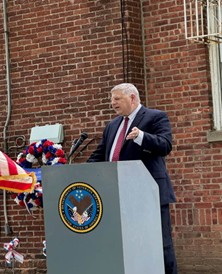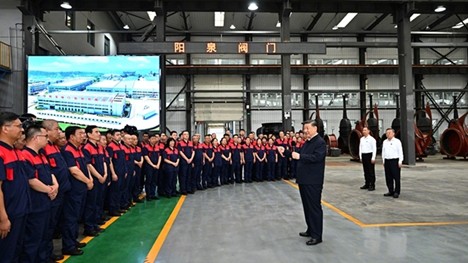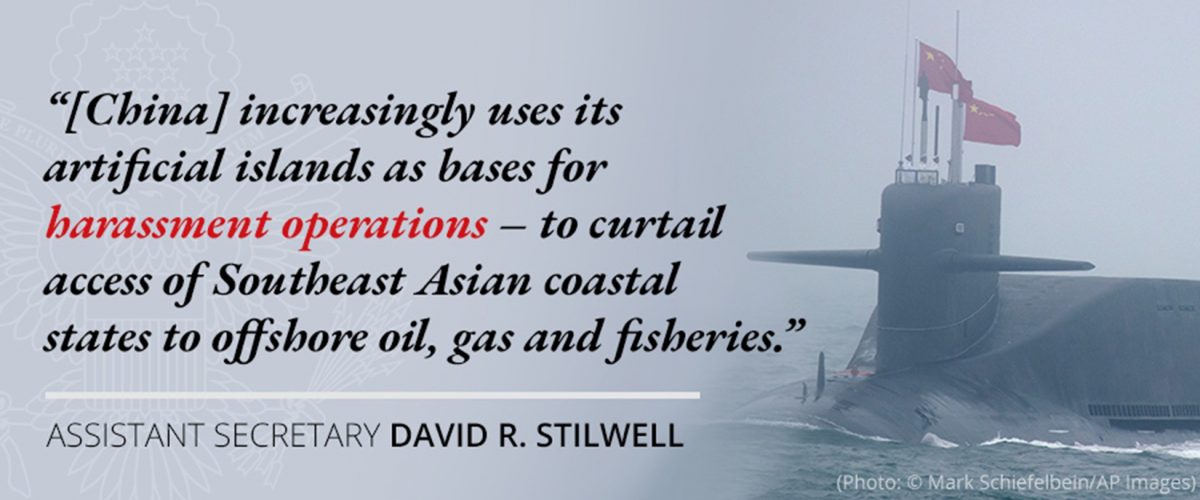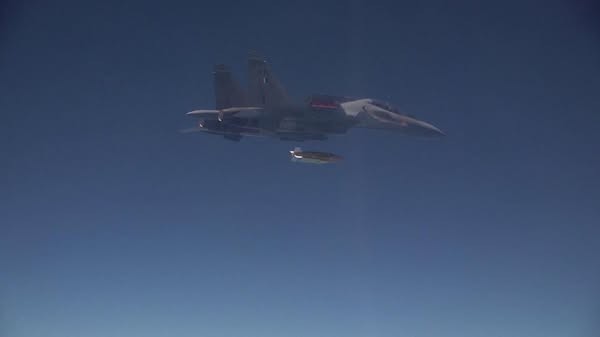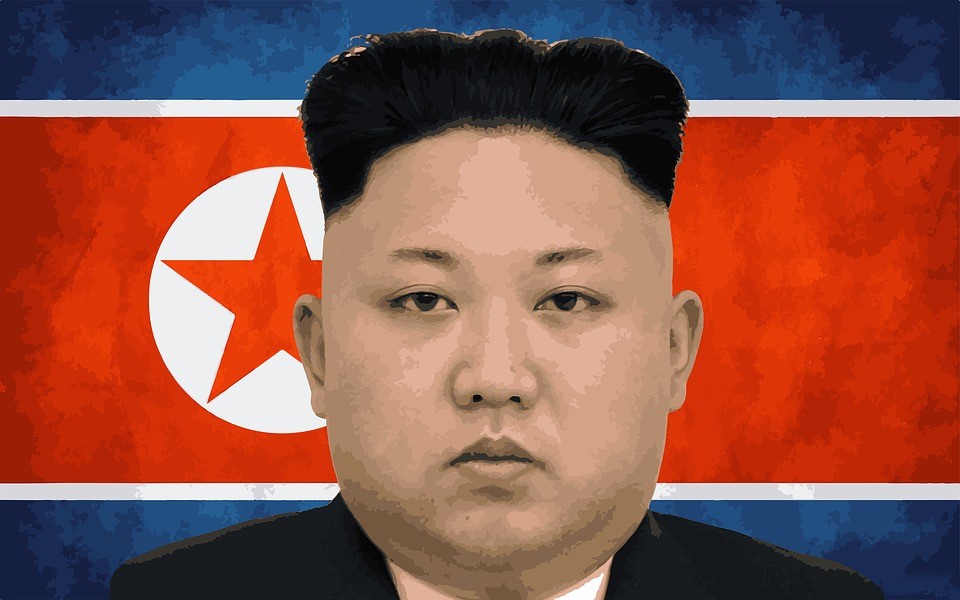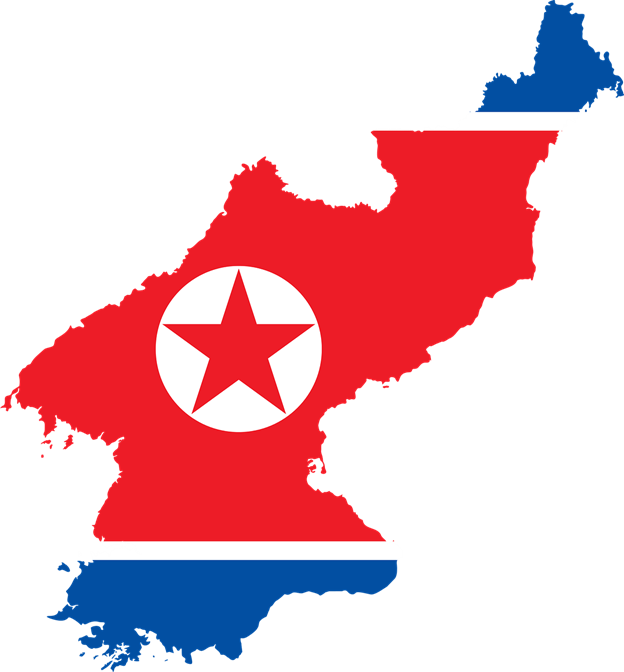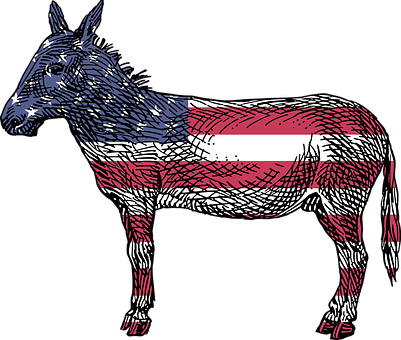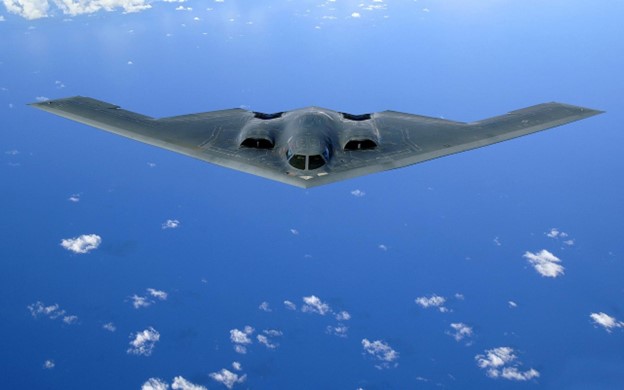Defense Secretary Pete Hegseth met with India’s External Affairs Minister S. Jaishankar on July 1 to discuss cooperation between the two countries, weapons sales and the upcoming signing of the framework for the new defense partnership.
The meeting took place as the U.S. met with the Foreign Minister of Australia, the External Affairs Minister of India, and the Foreign Minister of Japan to, according to the U.S. State Department., “…reaffirm our steadfast commitment to a free and open Indo-Pacific.” The nations emphasized a commitment to “defending the rule of law, sovereignty, and territorial integrity. As four leading maritime nations in the Indo-Pacific, we are united in our conviction that peace and stability in the maritime domain underpin the security and prosperity of the region. We are committed to a region where all countries are free from coercion and strongly oppose any unilateral actions that seek to change the status quo by force or coercion.”
The statement was clearly aimed at China.
India’s population, military strength, and strategic geographical location render it one of the world’s most important nations. The implications for the United States, particularly in the dangerous challenges from China, are extraordinary.
According to official Indian sources, “Defence is one of the major spending sectors in the Indian economy. The geographical and topographical diversity, especially the 15,000 km long border which India shares with seven neighbouring countries poses unique challenges…”
India has consistently taken a nonaligned position in global affairs. However, as China’s aggressiveness has increased dramatically, it has been forced to face the reality that its security lies with western-aligned nations.
While India has recognized the common threat it faces from China with the U.S., it remains “nonaligned” in other international matters.
“Almost right at the beginning of the administration, President [Donald J.] Trump and Prime Minister Shri [Narendra] Modi set a strong foundation for our relationship, which we’re building on here today: productive, pragmatic and realistic,” Hegseth said. “And our nations boast a rich and growing history of cooperation driven by a shared commitment to a free and open Indo-Pacific.”
The secretary said both the U.S. and India are mutually aware of the security concerns in the region, and both nations have the ability to counter that threat together. He also touched on U.S. efforts to provide India with the tools needed to counter threats in the Indo-Pacific region.
“The United States is very pleased with the successful integration of many U.S. defense items into India’s inventory,” Hegseth said. “And building on this progress, we hope we can complete several major pending U.S. defense sales to India, expand our shared defense industrial cooperation and coproduction efforts, strengthen interoperability … between our forces, and then formally sign a new 10-year Framework for the U.S.-India Major Defense Partnership … which we hope to do very soon.”
During a meeting in February between Trump and Modi, the two leaders announced plans to pursue new procurements and coproduction arrangements for Javelin antitank guided missiles and Stryker armored vehicles. Also discussed was procurement for six additional P-8I maritime patrol aircraft.
India has already integrated into its own military American weapons, such as the C‑130J Super Hercules, C‑17 Globemaster III and P‑8I Poseidon aircraft, as well as the CH‑47F Chinook, MH‑60R Sea Hawk and AH‑64E Apache. India also utilizes the Harpoon antiship missiles, M777 howitzers and MQ‑9B Sky Guardians.
Also in February, the president and prime minister pledged to increase military cooperation with enhanced training, exercises and operations.
Hegseth and Jaishankar discussed participation in the next India-U.S. Defense Acceleration Ecosystem Summit, where the two nations will continue to build on U.S.-India defense industrial cooperation and produce new innovations in technology and manufacturing.
“We’re eager to work alongside you to realize our shared goals,” Hegseth said. “They’re deep and ongoing.”
Jaishankar said India’s relationship with the U.S. is already strong, but more can be done.
“We believe that our defense partnership is today truly one of the most consequential pillars of the relationship. It’s not built merely on shared interests, but we believe really deepening convergence and of capabilities, of responsibilities,” Jaishankar said. “And what we do in the Indo-Pacific, we believe, is absolutely crucial to its strategic stability.”
Photo: India successfully conducted release trials of the 1000-kg class Long-Range Glide Bomb (LRGB) ‘Gaurav’ from Su-30 MKI between Apr 8-10, 2025. Achieving 100 km range with pinpoint accuracy, the indigenously developed weapon marks a major boost for the Indian Air Forces’ strike capability. (India Defence Ministry photo)
